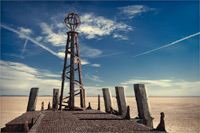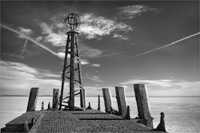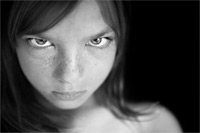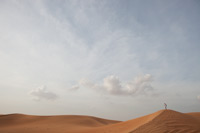
An introduction to the ‘Black and White: part two’ tutorialIn this, the first of our technique based video tutorials, we take a detailed look at four techniques you can use to convert an image to black and white: the Hue/Saturation tool; the Channel Mixer; the Black and White tool; and how to convert your images to black and white during the RAW conversion process. In the first section we discuss the limitations of the Hue/Saturation tool before moving on to section two: a detailed discussion of how the Channel Mixer technique can be used to radically adjust both the tonal range and tonal balance of a black and white image. In the third section we take a detailed look at the Black and White tool (introduced in CS3), which provides an ever greater degree of fine scale control over the conversion process, but we also discuss an alternative way of working the Hue/Saturation tool (to emulate the functionality of the Black and White tool: useful if you're using CS2 or an earlier version of Photoshop). In the final section we move on to discuss how to convert your images to black and white during the RAW conversion process. In each section we discuss the strengths and weakness of each technique, from both a technical and aesthetic point of view, by reference to four example images, each of which can each be downloaded from the members area. published on: 14th August 2010 Photoshop files included with this tutorial
Each of our video tutorials is based around a series of example Photoshop files. The ones that are included in this tutorial, and a brief description of how each one will be used, are listed below – the ‘before’ version on the left, the ‘after’ version on the right. Each of these files can be downloaded after you subscribe.
What our subscribers have said about this tutorial
How to subscribe
Further information
To find out more about our other individual tutorials please click any of the following images. Alternatively, you can visit our main tutorials page for further information on: our annual subscriptions; our forthcoming issues; and our current members’s offers. You can also read through our sample tutorial on Tonal Range and the Curves tool.
David J. Nightingale © 2003–18 • all rights reserved
|
↓ David
↓ Libby
↓ Get the Latest News
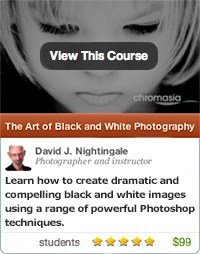
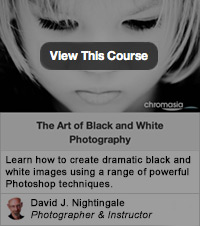

software links
 Our annual subscribers and lifetime members can obtain a 15% discount on any of the Topaz Labs Photoshop plugins or plugin bundles.
 Our annual subscribers and lifetime members can obtain a 15% discount on Photomatix Pro.
training partners
| ||||||||||||||||||||||||||||||||||||||||||||||||||||||||||||||||||||||||||||||||||||||||||||||||||||||||||||||||||||||||||||||||||||||||||||||
